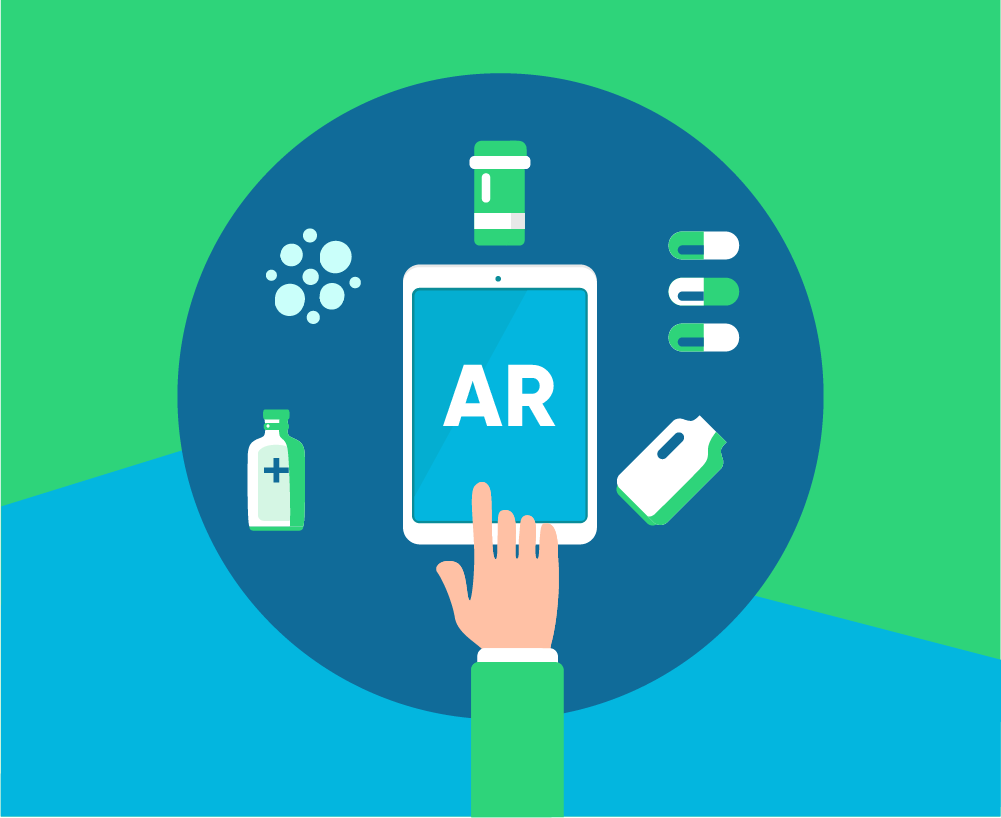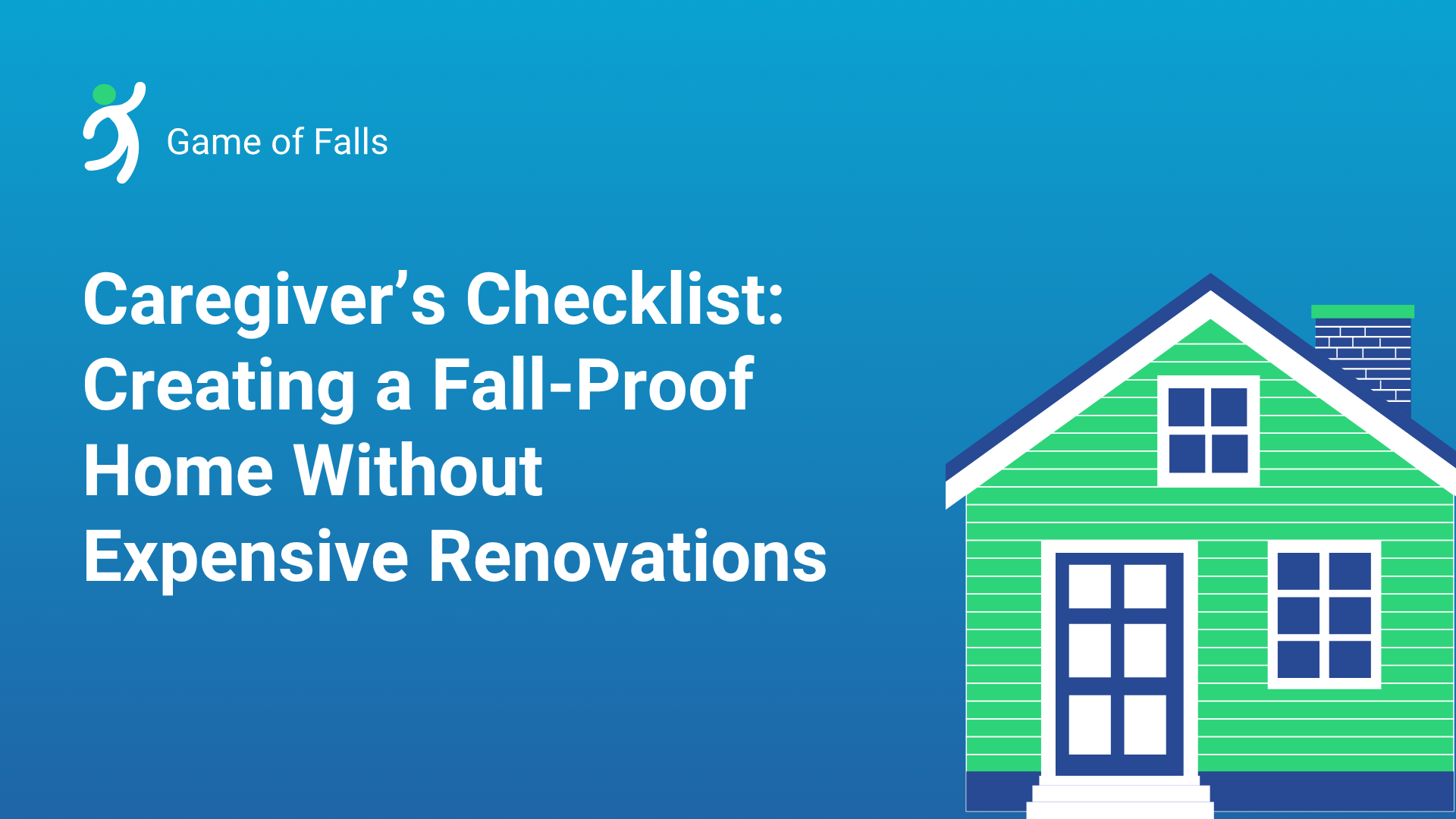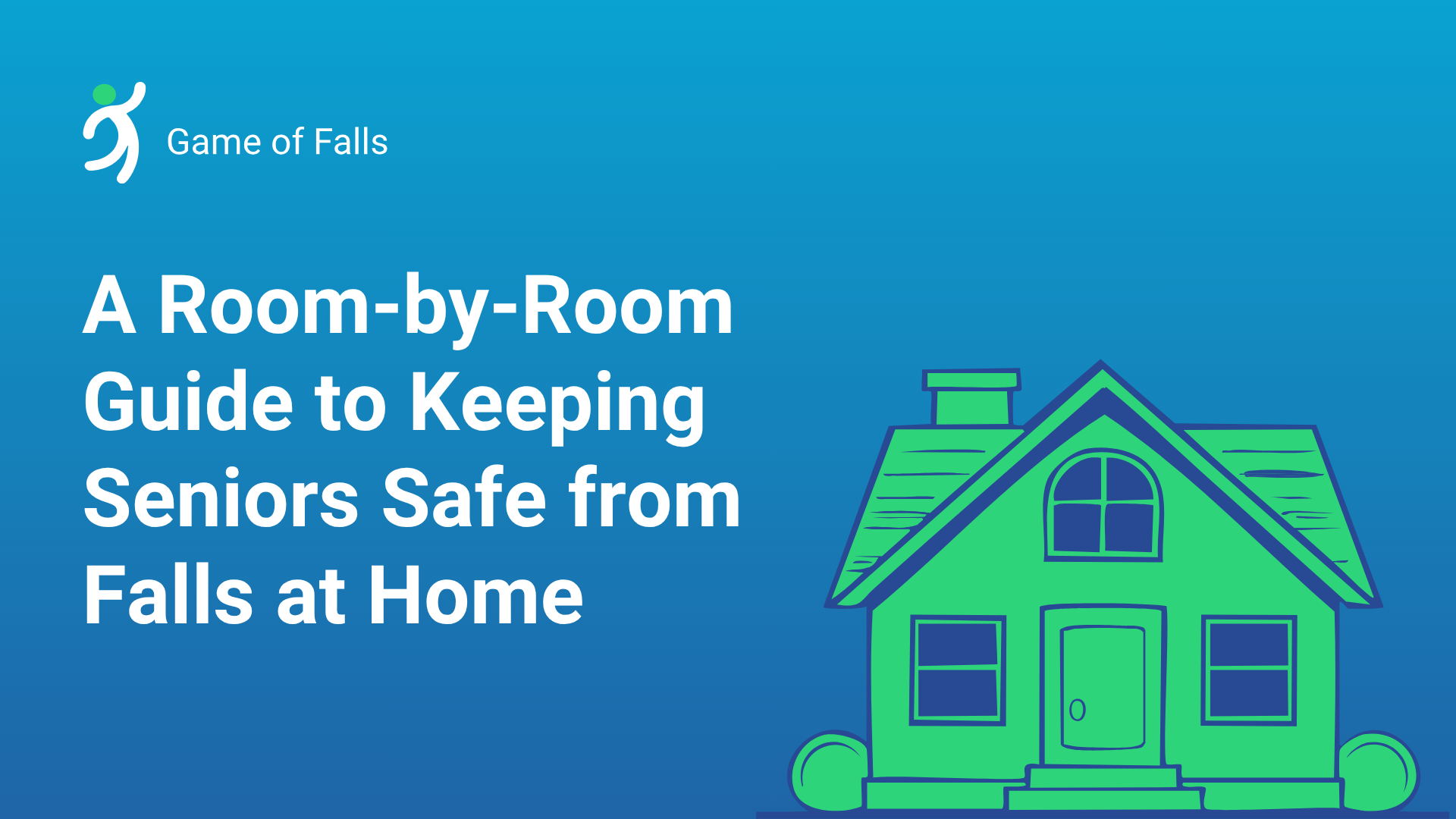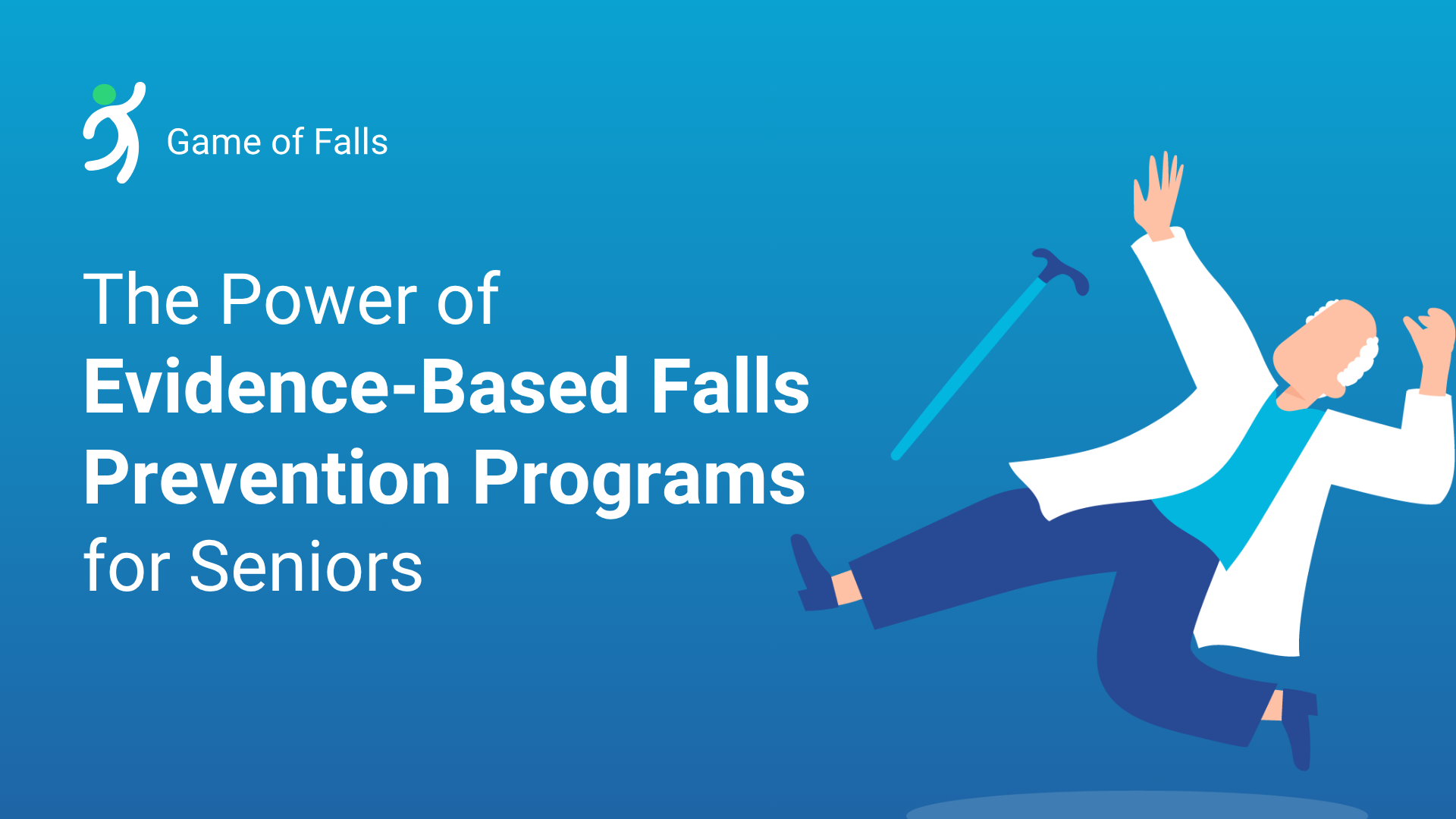
If you are a caregiver, family member, or healthcare professional to seniors, you will know that fall prevention in long-term care is a persistent challenge. As our population ages, it becomes more crucial than ever to find fresh, innovative ways to help them stay safe and active. That’s where immersive rehabilitation steps in—think about it as a thrilling new way to use Virtual Reality (VR) and Augmented Reality (AR) to make rehab exciting and effective for older adults.
So, in this post, we’ll take a closer look at how these technologies are changing senior care and why they might just be the missing puzzle piece in preventing falls.
The Need for Innovation in Senior Rehabilitation
You know, traditional rehabilitation programs can sometimes feel a little dull and might not really grab seniors’ attention the way we want them to. Take the exercises, for instance—they can be kind of repetitive and might not really tie into their day-to-day experiences. That’s definitely a concern since roughly one in four seniors takes a tumble each year, leading to hospital trips and a loss of independence. So, how can tech step in and help bridge the gap between what doctors suggest and what seniors actually do every day?
That’s where immersive tech comes in and really makes a difference. It opens up a whole new world, creating spaces that aren’t just therapeutic, but also super engaging. Basically, VR and AR deliver experiences that hit home for seniors on both physical and emotional levels.
What Is Immersive Rehabilitation?

So, immersive rehabilitation is really about combining the magic of both VR and AR to craft therapeutic experiences that feel genuine and engaging. With VR, seniors can dive into vibrant digital environments that allow them to practice movements and face various situations without any of the risks they might encounter in the real world. It’s like stepping into a whole new aspect of therapy that feels safe and exciting at the same time. Picture this: walking through a virtual garden, sidestepping obstacles, or doing balance exercises with the soothing sound of waves at a beach—completely safe and cozy within a rehab center.
On the flip side, AR spruces up the real world by layering helpful digital information right into seniors’ actual surroundings. Using tablets or some nifty glasses, they can see their environment with handy visual cues, safety prompts, or interactive elements that guide them through their rehab exercises.
These tools essentially create safe spaces where seniors can practice walking, finding their balance, and tackling obstacles. They mimic the challenges of real life without any of the risks, enabling effective and repeatable practice.
Engaging Seniors Through “Gamified” Physical and Cognitive Activities

Now, here’s where the fun kicks in: gamification. Just think of how VR and AR turn routine exercises into engaging games or essential daily tasks. A senior might find themselves stepping over virtual puddles or reaching for digital items that seem a bit out of reach, or even following a playful AR trail winding through their living room.
The benefits of this gamification include:
- Higher participation rates: Seniors tend to look forward to sessions that feel more like games rather than boring chores.
- Motivation: Competing against their own best scores or friends’ achievements gives them a nice little sense of accomplishment.
- Social connection: Group activities in these immersive settings foster teamwork and shared victories.
- Reduced boredom and fatigue: Exercise becomes not just a duty but an enjoyable experience.
- Better adherence: Seniors are excited for their rehab sessions instead of seeing them as a burden.
Concrete Benefits for Fall Prevention in Long-Term Care
Research really shows that immersive tech can make a difference:
Enhanced Balance, Gait, and Coordination
- There are studies out there documenting noticeable improvements after VR rehab sessions.
- Exercises involving walking and obstacle navigation can significantly improve gait and lessen that wobbly feeling—one of the main reasons folks take tumbles.
Improved Muscle Strength and Flexibility
- Virtual activities work multiple systems at once (just like in real life).
- These simulated settings encourage greater ranges of motion.
- Think of virtual grocery shopping where reaching, bending, walking, and balancing all happen at once.
Reduced Fear of Falling
- Practicing in safe environments allows seniors to face and conquer challenging scenarios repeatedly.
- This builds confidence as they successfully navigate virtual obstacles.
- Even scenarios that might cause anxiety, like busy gathering places, can be tackled in VR, which can help boost real-world confidence.
Enhanced Cognitive and Sensory Function
- Seniors are working through visual information while keeping physical control.
- This onboarding in quick decision-making and adapting to changes boosts reaction times.
- Plus, tackling multiple tasks at once improves their spatial awareness in a way traditional methods just can’t.
Augmented Reality: Bridging Digital and Real Worlds

AR is super accessible and doesn’t always need fancy goggles—it can be as straightforward as an app on a tablet. Imagine seniors scanning their space and instantly spotting trip hazards highlighted in real time, or receiving reminders to grab the handrail while standing up. This cool mix of digital info and the real world makes preventing injuries both practical and relevant.
What’s really exciting about AR is:
- Lower Barriers to Entry: It works with tablets and smartphones that many seniors are already familiar with.
- Cost-Effective Implementation: There’s no need for specialized VR gear, which is a massive bonus.
- Flexible Use: This can easily expand into seniors’ own homes or care settings.
- Less Overwhelming: It provides a gentle introduction to digital rehab tools.
Some practical AR applications are already proving their worth in real-life situations:
- Home Safety Training: AR apps can point out potential trip hazards and suggest the best ways to navigate around them.
- Movement Guidance: Visual tips help seniors with posture and movement patterns.
- Independent Practice: Therapeutic guidance is at their fingertips, even when they’re going solo.
- Real Environment Practice: Seniors can safely navigate their day-to-day environments with a little digital help.
Overcoming Barriers and Ensuring Accessibility
Sure, there are definitely some hurdles like cost, getting used to new devices, and the need for training. But the good news is that developers and service providers are stepping up and making things easier to access.
- They’re rolling out simple setups with hardware that’s easy to clean
- They’re creating user-friendly interfaces along with helpful voice instructions.
- Plus, care teams are getting trained and offered technical support as part of their regular routine.
Thanks to these strides, immersive rehab is connecting with more seniors out there, no matter how tech-savvy they are.
The Future of Immersive Rehabilitation for Fall Prevention
Looking forward, we’re likely to see more personalized rehab programs that use AI to adjust to each senior’s specific strengths and challenges. As VR and AR tools become more budget-friendly and widely available, their benefits for fall prevention in long-term care are bound to increase, offering safer, more engaging, and empowering experiences for older adults.
Wrap-Up
Bringing VR and AR into rehab programs is truly a game-changer in how we support seniors in long-term care. By mixing fun with practical benefits and safety, immersive technology is set to transform fall prevention, boost confidence, and help older adults take back their independence—one virtual step at a time.
For many seniors living in the U.S., home isn’t just a place; it’s a feeling. Until a fall happens. Falls can be a huge deal for older adults, and they’re actually the top cause of injuries in this age group. The good news, though, is that most of these tumbles happen at home, and with […]
For older adults, having their own space is priceless. But with that independence comes a sneaky risk: falls. The bright side? Many of those falls can be avoided with just a few simple adjustments. Here’s a friendly room-by-room guide to help you make your home safer, while still feeling comfortable and free. Living Room: Make […]
So, picture this: every 11 seconds, an older adult finds themselves in an emergency room due to a fall. Yikes, right? Falls might be the top culprit for injuries among seniors, but here’s the silver lining—most of these accidents can be avoided. With the right falls prevention programs rooted in evidence and some smart home […]
If you’re caring for an aging parent or planning for your own future, you’ve probably wondered how technology can help make senior care better, safer, and more comfortable. The good news? We’re living through an incredible time of innovation that’s transforming how we approach aging and caregiving. Let’s explore the exciting developments that are making […]





